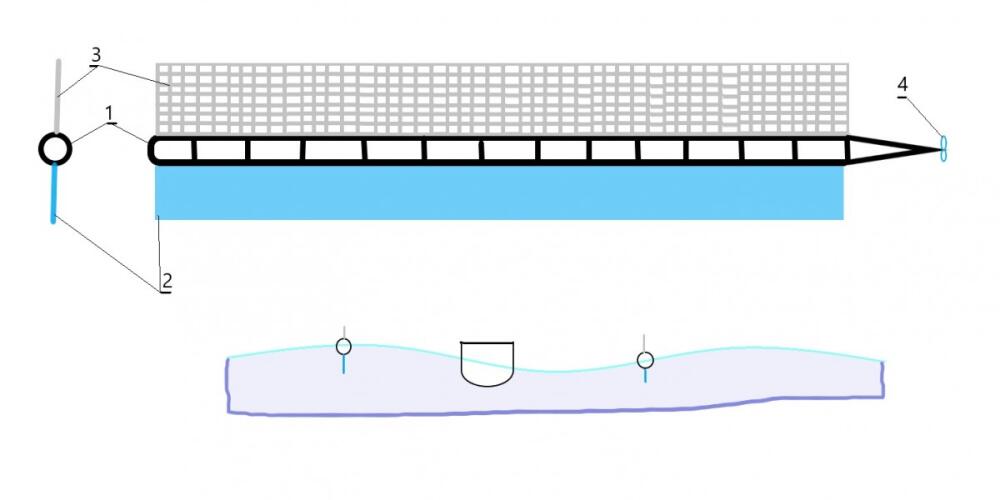
Drones are most commonly known as unmanned aerial vehicles. They appeared about fifty years ago as toys, and about thirty years ago they began to be used for air reconnaissance. In the last ten years, they have been increasingly used as combat systems. Such combat systems played a crucial military role in the last war between Azerbaijan and Armenia.
There are also underwater drones, and these are most often small unmanned submarines that are recording the seabed, aquatic life, or to extract valuable objects from the bottom.
However, naval drones could also be used to protect manned ships, either from pirates, terrorist attacks, or military attacks from enemy ships, submarines or planes.
Military warships, or ships for military logistics, are most often attacked laterally from submarine torpedoes, or from airplanes with rockets that fly very low above the water. Large ships usually protect themselves from such attacks by sailing in a group. At the same time, less expensive ships sail sideways than the most valuable ships and thus protect them from side attacks.
In the same way, ships could be protected by naval vessels without people.
One of the simplest possibilities is shown in the picture above.
These unmanned vessels would be essentially long tubes (1) that would self-propelled to the left and right of the ships that protect .
The length of these unmanned vessels should be slightly longer than the ships being protected. That way they so these long floating tubes would take on the blows of enemy torpedoes or low-flying missiles. In order not to be submerged, these floating pipes should be divided into a number of sections. If one compartment is filled with water the others will still keep the long floating above water.
The startup drive consist of several diesel generators that produce electricity and that are installed in several remote compartments. In this way, the vessel would have energy even when a compartment with a diesel generator is submerged in water. Electricity would drive electric motors with a propeller (4). Such a drive could be located at the end of the pipe, and several could be placed along the entire length to make it easier to maneuver and keep the required distance from the mother ships they protect.
This long tube (1) on the underside should have a long steel plate (2) attached that would look like the lower fin in fish. This long steel plate (2) should extend in depth in the same way as the draft of the mother ship.
At the top, this long tube (1) should have a steel mesh (3) placed to prevent low-flying rockets from hitting the mothership. The openings on this steel mesh (3) should be smaller than the diameter of the smallest rockets that can damage the mothership.
In this way, this floating long naval drone would protect ships from the impact of torpedoes and low-flying missiles, but it could also have other possibilities.
On the upper side of this long barrel (3) could be placed anti-aircraft machine guns that would be controlled remotely from the mother ship, and would serve as additional fire support to the mother ship.
This floating drone could also be used to rescue the crew in case the mother ship is hit. Each section of this long tube (1) could have an opening that can be opened from the inside and outside. In the event of the sinking of the mother ship, the crew could enter this long tube (1) through these openings and thus save themselves. Therefore, there should be a small supply of water and food in each section of this naval drone, as in lifeboats. The crew could be saved even if several compartments were submerged, by entering the remaining compartments. In this case, in order to increase the load-bearing capacity of this floating long tube (1), the crew should be able to separate the steel mesh (3) from the long tube (1) from the top and the long steel plate (2) from the bottom. In that way, the carrying capacity and speed of these floating drones would increase, which would turn into long lifeboats when the crew entered them.
Other of my technical analyzes and innovations can be found in this book.
Tags
Featured articles